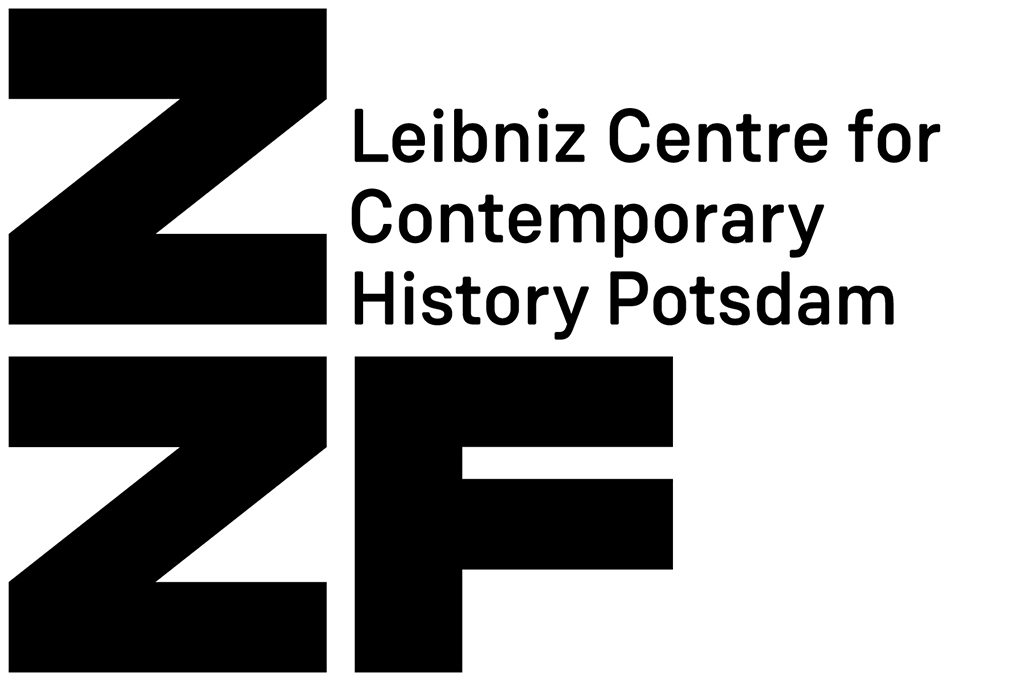Stefanie Samida
Completed research project funded by the Volkswagen Foundation
This archaeological sub-project looks at the close network of relationships between archaeologies, ‘re-enactors’ and visitors in archaeological open-air museums and at historical events. The objective is to research, on the one hand, the motives of all participants and, on the other hand, the significance of staging living history. Furthermore, the personal and professional prior knowledge of the re-enactors – i.e. the actors – and their relationship to academic scholarship will be closely examined. Of central interest here are questions regarding the didactic concept of the re-enactors as well as the influence of their performances on museum practices and exhibition conception.
The Stilt-House Museum (Pfahlbaumuseum) in Unteruhldingen, the Museum Village (Museumsdorf) in Düppel and the ‘Roman Festival’ (Römerfest) in Hechingen-Stein will be included in the analysis. The Stilt-House Museum in Unteruhldingen is among the oldest open-air museums in Germany. It was opened in 1922 and presented living history performances from the outset. It thus offers the opportunity to research the emergence of living history. The Museum Village in Düppel opened its doors in 1975. Unlike the Stilt-House Museum, it can be traced back to the initiative of interested amateurs: the intention was to create a museum that helped the visitors to understand the Mediaeval Period. Over time, the village grew from originally three to now twelve houses, which were autonomously erected by the members of the friends’ association of the museum. The ‘Roman Festival’ in the Open-Air Museum in Hechingen-Stein is representative of similar historical events that have been increasingly carried out in recent years. Every two years, very different re-enactment groups meet here – from Celts via Romans to Alemanni. In addition to ‘prehistoric food and drink’, special offers for children (fashion shows) and role plays are offered. On the basis of the key concept of ‘staging’ from cultural studies, the question will be addressed as to the motives for the role swap of re-enactors, the forms of staging and the didactic concept that the groups follow in their portrayal of the past. Another desideratum is the engagement with the – in many respects subconscious – impact of such historical staging in open-air museums. Associated with this is the question, on the one hand, of the historical images conveyed and, on the other hand, of the perceptive appropriation, cognitive processing and possibilities of knowledge acquisition.

